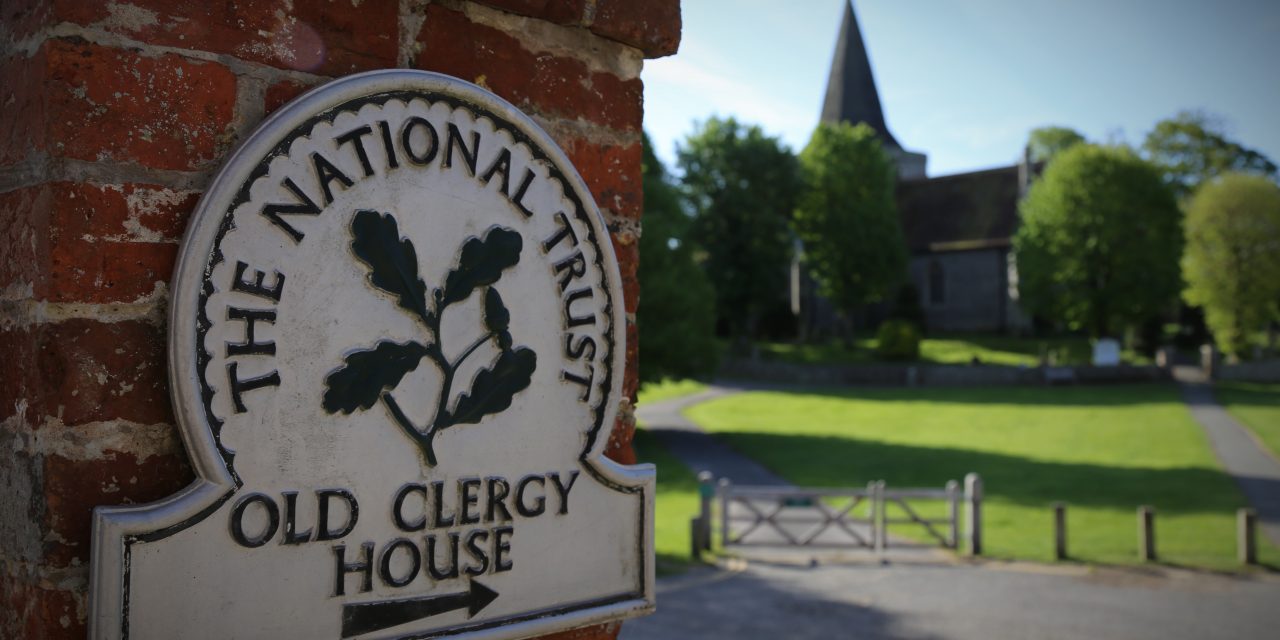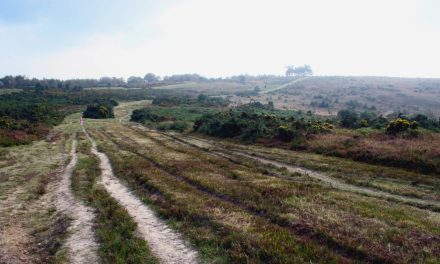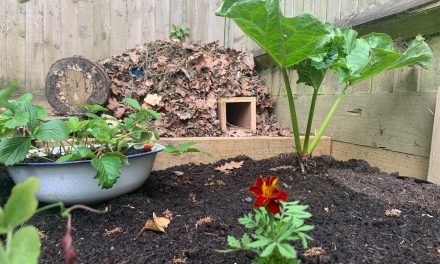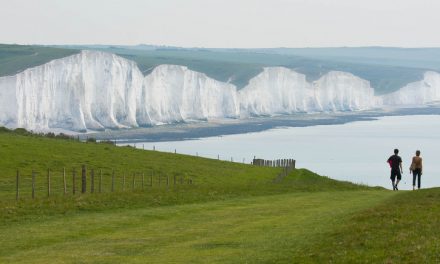It’s no secret that the National Trust cares for hundreds of historic houses, castles, parks and gardens up and down the country. What’s less well-known is that its first property is one of our very own here in East Sussex.
And this week the trust is celebrating 125 years since it bought that first property – Alfriston Clergy House – and saved it for the nation.
Just £10
Nestled alongside the River Cuckmere the rare, tumble-down medieval survivor, with its flower-filled cottage garden, cost just £10 to buy and a further £400 to repair.
It captivated Octavia Hill, one of the founders of the trust, who wrote that she was moved by: “the pleading voice of the old building itself… to be left to tell its story to the days that are to come.”
Its purchase and restoration paved the way for the future of the Trust, which now maintains more than 500 properties and more than one million works of art.
An important role
George Roberts, National Trust Curator, told us the story of one of the country’s most important organisations might have been very different had it not been for the Alfriston property. He said: “The experience of conserving and finding a use for the clergy house played an important role in the development of the newly-formed, little-known National Trust. Had its efforts to purchase and restore the house failed, the Trust may never have acquired another building.”
The house – at risk of collapse when the Trust purchased it – is a type of building known as a Wealden Hall House and tree ring testing in recent years has dated it to 1399-1407.
Incredibly grand
George continued: “While Alfriston Clergy House may seem small, in its day the architecture would have been incredibly grand. Beautiful natural and historic places matter. Our role is to care for them and ensure they look and feel amazing forever, so that they provide the most benefit to the most people.”
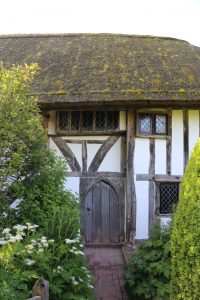
Today the cottage garden surrounding the house is quite superb with its spring bulbs, herbaceous borders, orchard, vegetable garden and rose terrace. At the heart of the building is the hall, where residents and guests were entertained. Carved doorways and evidence of red ochre paint suggest the owner’s wealth and significance.
Home to the clergy
It was used as a residence for Alfriston’s parish priest until the early 18th century and remained in church ownership until it was sold to the National Trust. The house underwent several alterations to modernise it as styles and tastes changed. After the Reformation, when vicars were permitted to marry, work took place to enlarge the house to accommodate more people. Church records show that the vicar Hugh Walker, appointed in 1593, had at least seven children living in the house with him and his wife. It was bought by the National Trust in 1896.
The power to move and inspire
Talking to Your East Sussex, Holly Jones, the Trust’s Operations Manager for the Clergy House, said: “‘Today, 125 years later, the atmosphere when you stand beneath these beams is palpable. It has the same power to move and inspire, as it did with Octavia Hill years ago. Our founder knew she had to rescue it and open it to the public.
“We’re proud to continue her vision in caring for this fine house. We want Alfriston Clergy House to be loved, explored and enjoyed by as many people as possible. We can’t wait for lockdown to end and to open our doors once again.”
